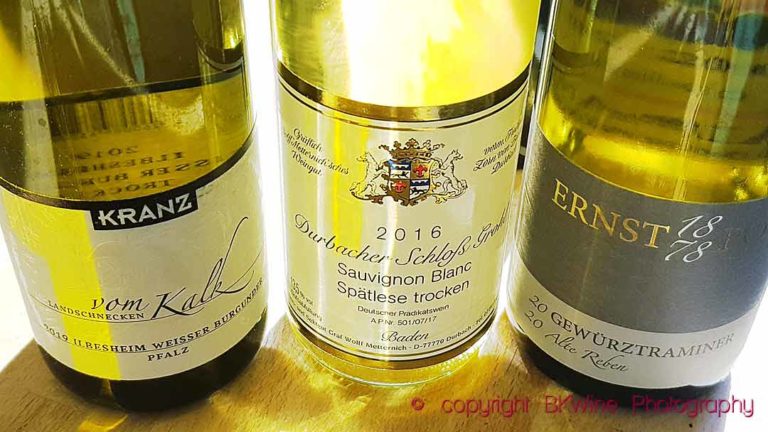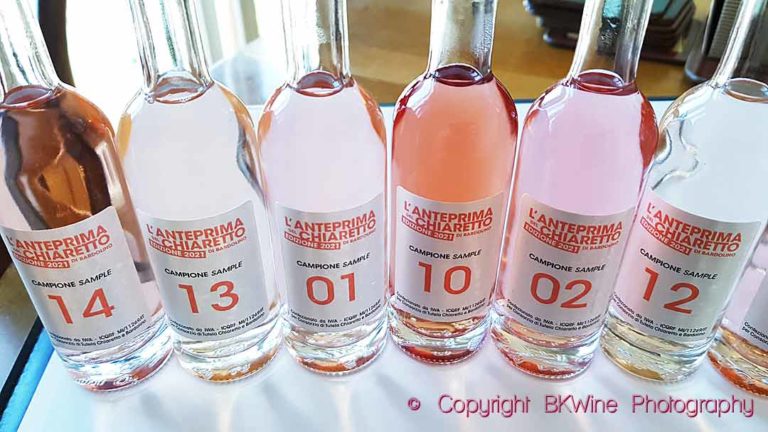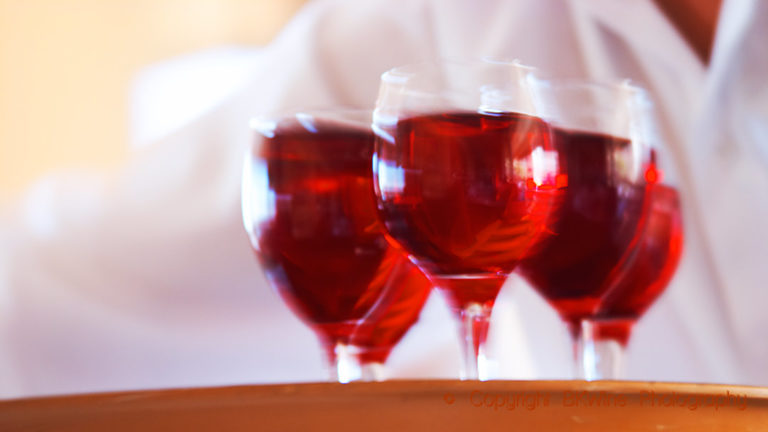Alot of rosé wine is being drunk right now. Maybe you are sitting with one in your hand. Although Provence has influenced many rosé wines worldwide with its sometimes absurdly light colour, the colour variation of rosé wines is quite significant.
Rosé wine is made with red grapes and the colour is controlled by letting the grape must have shorter or longer contact with the skins. It is not trivial to make rosé wine; on the contrary, many winemakers have pointed out to us that it is a complicated wine to make. It is essential to get the colour right because it is the colour (!!) that decides whether the customer buys the wine. Today’s rosé wines of good quality are usually made using one of these two methods:
Direct pressing: The grapes (de-stemmed or not) are put in the press and pressed carefully and slowly. The skins only give a light colour to the must during the pressing, which is then left to ferment without the skins. If you want to make a really light rosé (or simply a white wine made from red grapes), you use this method.
Skin contact: The grapes are lightly crushed so that the skin cracks. The skins (i.e. the grapes) are kept with the must for a few hours; how long depends on what colour you want. It could be between 2 and 20 hours at a temperature of around 10-12 degrees C. When you have the right colour, you collect the free-run juice, and the grapes are pressed. The free run must then ferments, possibly with the pressed juice and usually at a fairly low temperature, 15–20 degrees C.
A special variant, today quite unusual, is the so-called saignée (French for bleeding or bloodletting) where, early during fermentation, some must that has only become slightly coloured is drained from a tank that is to become red wine.
Thus, the amount of time the must spends with the skins is of great importance for the colour, and also which grape is used has an effect.
Read more: How do you make rosé? Facts and fails.












